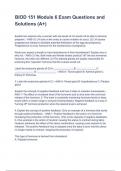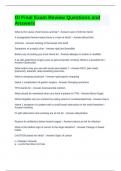Notes de cours
The member states of the European Union (EU)
- Cours
- Établissement
- Book
This document is a PDF file that provides information on the member states of the European Union, their relationship with EU institutions, and the factors that influence their relative powers. It covers topics such as the history of EU membership, the economic and demographic factors that impact me...
[Montrer plus]













